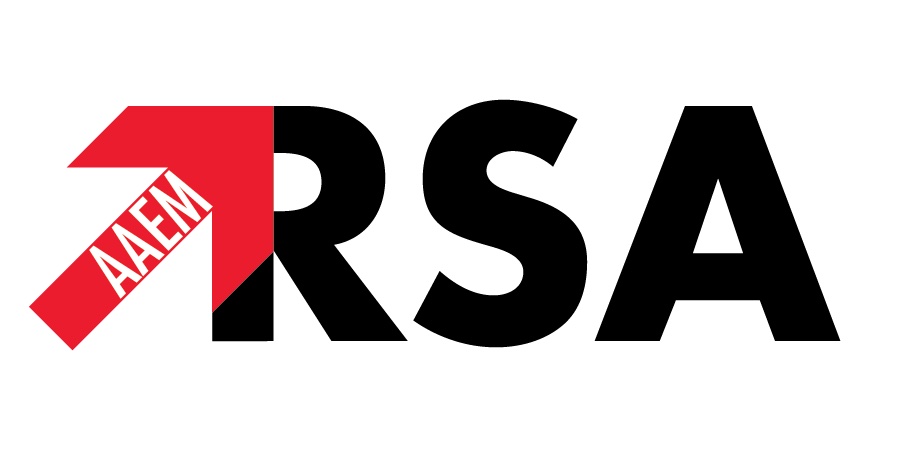The American Board of Emergency Medicine (ABEM) and the American Osteopathic Board of Emergency Medicine (AOBEM) define the standards for the care of the pediatric patient in an emergency department.
Certification by ABEM or AOBEM obviates any additional certifications required for medical staff privileges or disease-specific care center designations, such as pediatric emergency departments or trauma centers.
Major Emergency Medicine organizations oppose any requirement of additional short courses such as Pediatric Advanced Life Support (PALS) or Advanced Pediatric Life Support (APLS) for ABEM- or AOBEM-certified emergency physicians, who are in good standing with their medical staff, and who are participating in a continuing certification program. ABEM and AOBEM certify that this knowledge and these skills have been acquired and are maintained through continuing certification.1
Mandates that were developed before Emergency Medicine was a mature specialty are unnecessary. The Accreditation Council for Graduate Medical Education (ACGME) tracks the acquisition of critical pediatric competencies during residency training. The core content for Emergency Medicine training comprehensively covers the care of the pediatric patient regarding emergency resuscitation, airway management, trauma care, procedural sedation, as well as all other areas of emergent care that may be required by children presenting to an emergency department.
After completing an Emergency Medicine residency or becoming Pediatric Emergency Medicine–certified through ABEM or AOBEM, the physician must take a secure, comprehensive written examination. For Emergency Medicine trained physicians, they must pass an additional Oral Certification Examination that emphasizes the evaluation and treatment of complex pediatric conditions.
Targeted continuing education that address specific knowledge or procedural gaps for any emergency physician should be encouraged and only serves to enhance expertise gained through clinical practice and participation in continuing certification programs. Collectively, our professional organizations provide the best opportunities for professional development in pediatric resuscitation and pediatric trauma care. Participation in a continuing certification process assures medical staff that the emergency physician is meeting and exceeding the educational objectives thought to be derived from merit badge courses.
Organizations who support this policy statement are the following:
- American Academy of Emergency Medicine (AAEM)
- American Academy of Emergency Medicine/Resident and Student Association
- (AAEM/RSA)
- American Board of Emergency Medicine (ABEM)
- American College of Emergency Physicians (ACEP)
- American College of Osteopathic Emergency Physicians (ACOEP)
- American Osteopathic Board of Emergency Medicine (AOBEM)
- Association of Academic Chairs of Emergency Medicine (AACEM)
- Council of Residency Directors in Emergency Medicine (CORD-EM)
- Emergency Medicine Residents’ Association (EMRA)
- Society for Academic Emergency Medicine (SAEM)
1 For physicians who are not board certified in Emergency Medicine, or who do not participate in a continuing certification process, the completion of periodic, short courses in focused content areas of Emergency Medicine may be valuable.
David A. Farcy, MD FAAEM FCCM
President, AAEM
Haig Aintablian, MD
President, AAEM/RSA
Jill M. Baren, MD MS MBA
President, ABEM
William P. Jaquis, MD
President, ACEP
Robert E. Suter, DO MHA
President, ACOEP
Eric Appelbaum, DO
Chair, AOBEM
Michael D. Brown, MD MSc
President, AACEM
Fiona Gallahue, MD
President, CORD
Hannah Hughes, MD MBA
President, EMRA
James F. Holmes, Jr., MD MPH
President, SAEM
Approved: 5/4/2020
